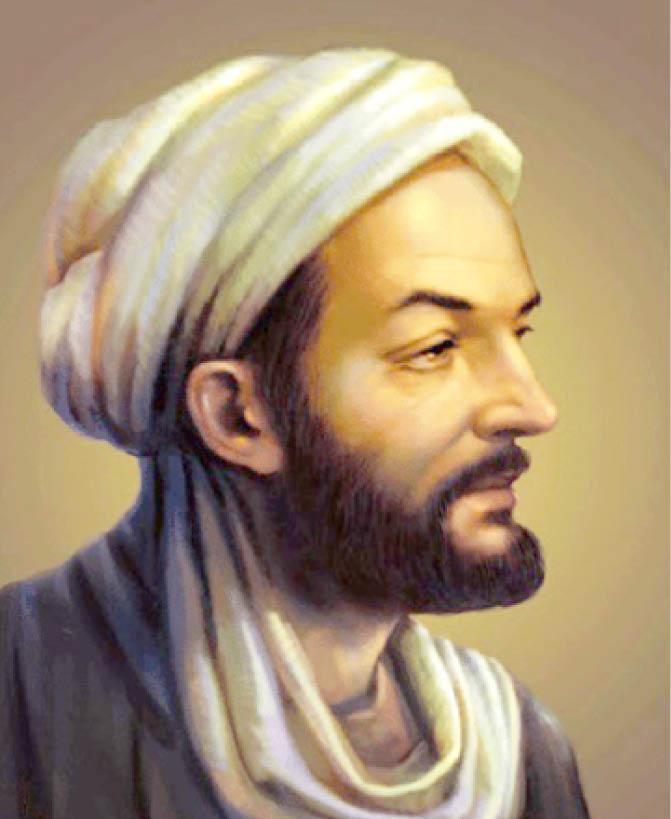
Today on 8th September, we commemorate International Literacy Day!
We want to highlight a prominent literary figure and scholar in the Golden Age of Islam – Ibn Sina, or his full name Abu Ali Al-Hussain Ibn Abdallah Ibn Sina, more popularly known in the West as Avicenna. Not only was Ibn Sina a great physician and scientist, he was also a prominent philosopher as well. He contributed in different fields such as psychology, geology, mathematics, chemistry and astronomy.
Born in 980 AD near the city of Bukhara (the present country of Uzbekistan), Ibn Sina’s father, Abdullah, realised that his son was a prodigy child and wanted to get the best tutors and teachers for him. At the mere age of 10, Ibn Sina finished studying and memorising the Quran and was proficient in Arabic language and its literature classics.
At the age of 13, he started studying the medical sciences. By the age of 18, he was already a well-established physician and his reputation grew, both in the country and beyond.
One such situation went like this: When the Sultan of Bukhara, Nuh Ibn Mansour of the Samanid dynasty fell critically ill, Ibn Sina was summoned to treat him. After the Sultan recovered, he rewarded Ibn Sina by giving him access to the royal library; a treasure trove for Ibn Sina, being able to gain more knowledge by reading the manuscripts and rare books available. He taught and lectured on astronomy and logic, and wrote many influential books.

His book ‘Qanun fi al-Tibb’ or ‘The Canon of Medicine’ still stands as the most influential medical book ever written by a Muslim physician. For centuries, it remained a medical authority, and the medical encyclopedia represented a summation of Arabian medicine with its Greek roots, modified by the personal observations of Ibn Sina himself. From the 12th to 17th century, it became the textbook for medical education in Europe. It was claimed that in the last 30 years of the 15th century, the Canon passed through 15 Latin editions and one Hebrew edition.
Additionally, his most significant book on philosophy was ‘Kitab al Shifa’ or ‘The Book of Healing’ – a philosophical encyclopedia that brought together Greek philosophy and Muslim theology in an analysis of mathematics, physics, metaphysics and politics.
All in all, it is claimed that Ibn Sina wrote an estimated 450 works, of which 240 have survived. Today, the extent of Ibn Sina’s prominence and impact is still evident. A portrait of Ibn Sina hangs in the main hall of the Faculty of Medicine at the University of Paris. In 1980, at the millennium of his birth, a myriad of articles were published in his honour in different languages – a tribute for this great Muslim physician.